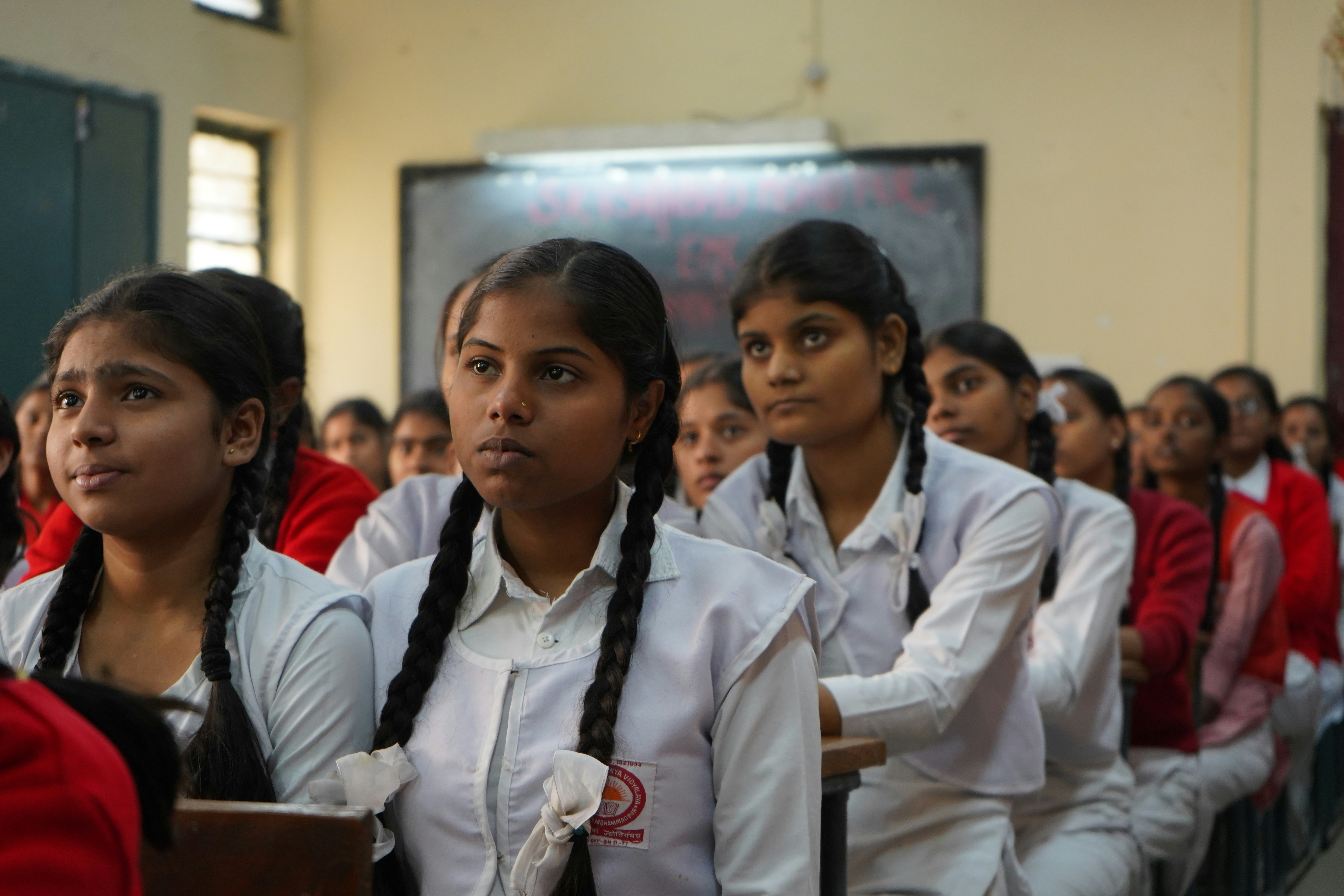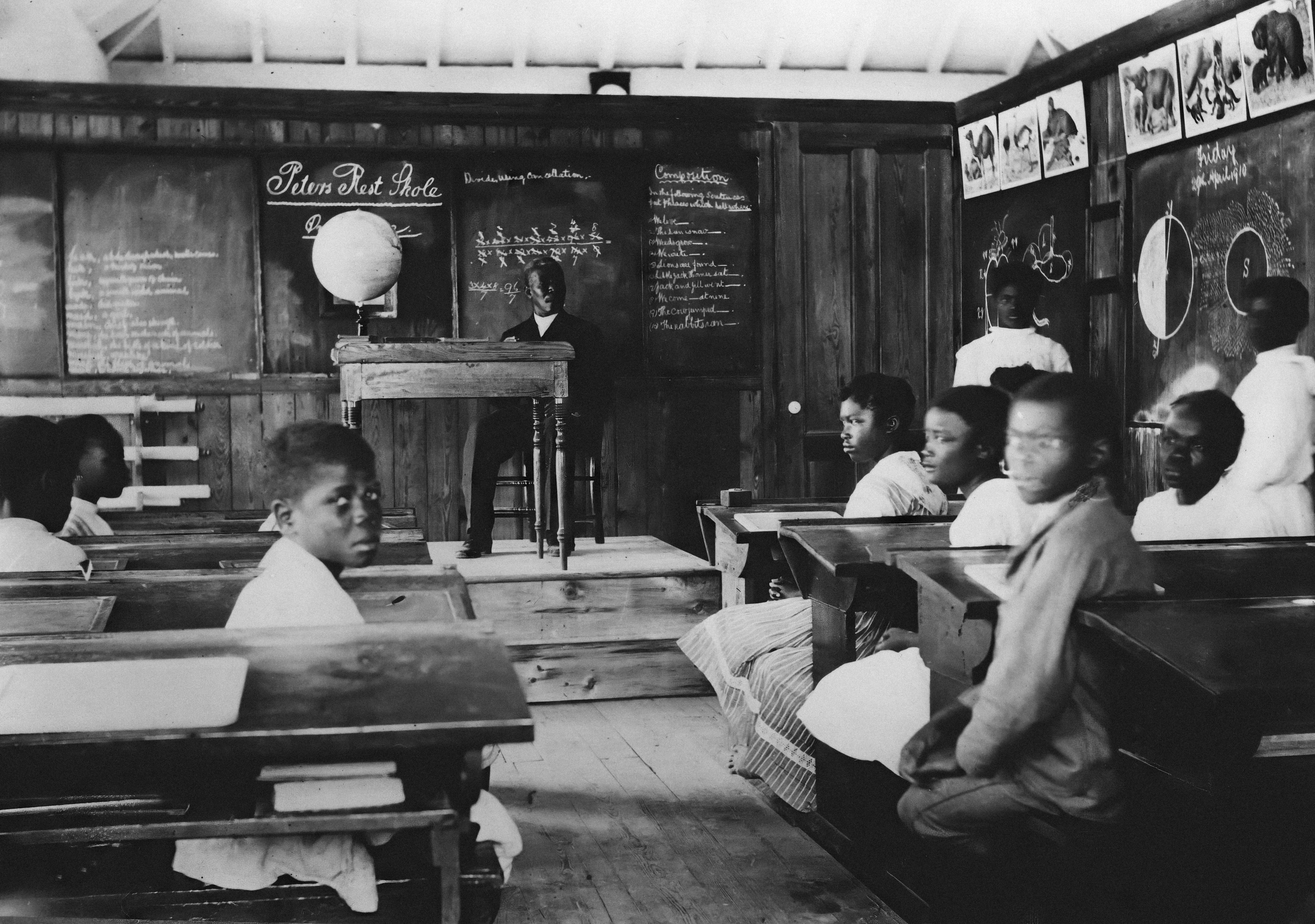
How Secondary Schools Handle Cases of Cultism Among Students
Students, teachers and the entire school environment are affected by the huge problem of cultism in secondary schools. A cult is an underground group that undertakes harmful or illegal activities.
Some students join cults in search of safety, authority or sense of belonging. Others are coerced by peer pressure or threats.
Cultism unfortunately leads to bullying, drug abuse, violence and poor academic performance. This is a big worry for parents and schools because it can ruin the future of young students.
Schools have a big role to play in stopping and managing student cultism. They use many ways to identify and curb cultism. Among these ways are strict school rules, guidance, security checks and collaboration with law enforcement.
Teachers and school administrators also warn students of the dangers of cultism.
How Secondary Schools Handle Cases of Cultism Among Students
Here’s how to prevent cultism in secondary schools. It will explain how schools do it, how they discipline involved students and how they help affected students. For students to learn in a safe and peaceful environment, schools must work hard to eliminate cultism.
1. The School Provides School Rules and Regulations
School rules and regulations is a key to schools fighting cultism. Cult activities are prohibited by these rules. Students are taught in school about the dangers of joining a cult. Students caught involved in cult activities will be expelled or suspended.
2. The School Organise Awareness Programs for Students
Schools use lectures, workshops and seminars to teach students about the dangers of cultism. Real life stories of cultism are shared by guest speakers, counsellors, police officer and former cult members. This helps students to understand the dangers and consequences of being in a cult.
3. The Monitor The Students Closely
Teachers and other staff members monitor students to spot any signs of cult involvement. They noticed behavioral changes, sudden social disengagement, strange hand signals or unexplained wounds. The school will act fast to investigate and support a student suspected to be in a cult.
4. The School Provides Strict Security System
Many schools use security guards to screen students as they enter. Some schools install CCTV cameras to monitor activities on school premises. By doing this, cult members will think twice to engage in illegal activities.
5. They Encourage Positive Peer Groups
Students are encouraged by their schools to join clubs, sports teams and religious organizations. Students are kept busy and less likely to be involved in cults. Students in positive peer groups also form supportive networks and friendships.
Ways Schools Handle Students Involved in Cultism
1. By Investigation
A school investigates a student when it suspects he is into cultism. Teachers, classmates and sometimes parents report to the school authority. They look out for signs like violent behaviour, secret meetings or odd symbols in books.
2. The School Provides Counseling & Re-orientation
Schools counsel students found to be cultists to change. Guidance counsellors speak with the student to find out why he joined the cult. They provide support and guidance to help the student leave the group. Several schools engage religious leaders or professional counsellors to help the student get well and start a new life.
3. Punishment & Discipline Is Meted Out to Such Student
Student caught in cult activities are disciplined by their schools. Student may be reported to the police, suspended or expelled depending on the severity of the offence. Schools try to strike a balance between punishment and re-orientation.
4. School Works with Parents to Solve the Problem
Schools solves cultism by involving parents. Parents are advised on how to help their children and are invited to meeting. They are asked to monitor their children’s activities at home and offer moral support.
5. Schools Affected Collaborates with Law Enforcement Agencies
Schools collaborate with law enforcement or other security services in extreme cases. Schools report to the police when cult activities involves violence or illegal acts. Police helps in arresting and investigating cult leaders who may be influencing students.
How the School Helps Students Out Of Cultism
1. By Teaching Morals & Values
Students learn in school about discipline, respect and good behavior. Moral and religious instructions help pupils in making moral decisions and avoid bad influences.
2. Schools Should Encourage Free & Open Communication
Students talking to their teachers or counselors shouldn’t be a big deal. Schools create an environment where kids feel free to talk. Students are less likely to be forced to join cults when there’s open communication.
3. Providing Role Models and Mentors
Students are exposed to role models in school who guide them to make moral decisions. Influential people like community leaders, athletes and corporate executives can mentor pupils and show them the value of self control and perseverance.
4. Engaging Students in Useful Activities
Cultism infects idle students. Through coursework, extracurricular activities and skill building initiatives, schools keep kids busy. Students are less likely to join cults when they are engaged in worthwhile activities.
Conclusion
Although cultism is a big problem in secondary schools, it can be managed with rules, education, safety measures and therapy. By educating pupils, watching their behavior and giving them alternatives, schools can prevent cultism. Schools provide assistance and rehabilitation in addition to punishment when students are found to be involved in cult activities. Parents, teachers and law enforcement should work together to protect schools from cults. With the right approach, students can focus on their studies and have a bright future free from cultism.
Another Useful Article:
5 Outstanding Reasons Why School Students Should Wear Uniforms







